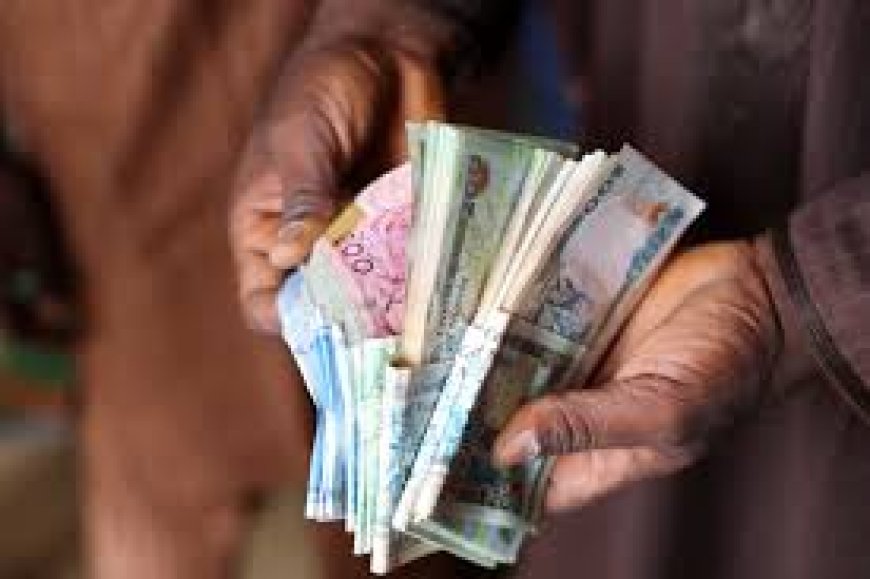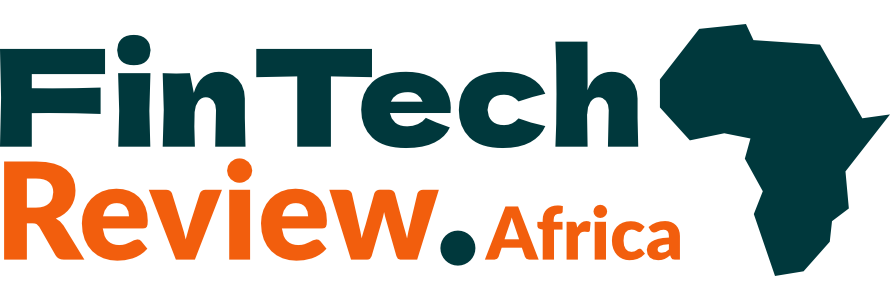Remittances & Digital Payment Systems in Africa: The Digital Lifeblood of a Continent in Motion

In the bustling markets of Lagos, the remote villages of Uganda, and the tech hubs of Nairobi, a quiet revolution is underway. It is not powered by oil, gold, or cocoa, but by the invisible flow of money—remittances and digital payments—that is transforming Africa’s economic landscape. As the continent leapfrogs traditional banking infrastructure, digital payment systems are not just facilitating transactions; they are redefining financial inclusion, business models, and the very fabric of African economies.
The Remittance Engine: Africa’s Financial Backbone
Remittances are the unsung heroes of Africa’s economic story. In 2024, the continent received an estimated $92.2 billion in remittance inflows, representing about 5.2% of Africa’s total GDP—nearly double the amount of overseas development assistance
. These funds are more than just personal transfers; they are lifelines for families, capital for small businesses, and a stabilizing force during economic downturns. The resilience of remittance flows is remarkable, with a compound annual growth rate of 7% over the past three years, even as global economic headwinds persist
.
The corridors of remittance are as diverse as the continent itself. North Africa, led by Egypt and Morocco, receives the lion’s share, while Sub-Saharan Africa—particularly Nigeria and Kenya—remains a critical destination for these flows
. Intra-African remittances are also significant, with $20 billion circulating within the continent, underscoring the interconnectedness of African economies
.
Yet, the cost of sending money to Africa remains the highest in the world, averaging 8.4% for a $200 transfer as of Q3 2024. Southern Africa is particularly expensive at 10.3%, compared to 8% in East Africa and 6% in West Africa
. This persistent friction is a clarion call for innovation and reform.
Digital Payment Systems: Africa’s Leapfrog Moment
Africa’s digital payment ecosystem is a study in ingenuity and adaptation. With 835 million registered mobile money accounts in Sub-Saharan Africa alone by 2023, the continent has become a global leader in mobile financial services
. The success of platforms like M-Pesa in Kenya, MTN Mobile Money across West and Central Africa, Airtel Money, and Orange Money in Francophone regions, has redefined what it means to be “banked”
.
These platforms have democratized access to financial services, enabling users to deposit, withdraw, transfer money, pay bills, and even access credit—all from a basic mobile phone. The impact is profound: millions who were previously excluded from the formal financial system now participate in the digital economy, driving both personal and national economic growth
.
Case Studies: Innovation in Action
Uganda’s Lusuku and MTN Mobile Money: Lusuku, a Ugandan SME, faced chronic inefficiencies with cash-on-delivery payments. By integrating MTN Mobile Money’s API, Lusuku streamlined its payment process, eliminated cash handling risks, and improved customer trust—resulting in higher revenues and conversion rates
.
Kenya’s M-Pesa: Often cited as the gold standard, M-Pesa has enabled millions to transact, save, and access credit without a traditional bank account, catalyzing financial inclusion and entrepreneurship
.
Ghana’s GHQR and Nigeria’s NQR: These QR code-based payment systems exemplify the push for interoperability, allowing seamless payments from bank accounts and mobile wallets across different providers.
Fintech and Blockchain: The Next Frontier
The fintech boom in Africa is not just about mobile money. Neobanks, digital wallets, and blockchain-based solutions are rapidly gaining traction. As of 2024, there were over 1.1 billion registered mobile money accounts continent-wide, with 286 million active users
. Fintech APIs are enabling direct wallet-to-wallet transfers across borders, reducing reliance on costly intermediaries and slashing transaction times
.
Blockchain technology, particularly the use of stablecoins and decentralized networks, is emerging as a game-changer for remittances. Africa has recorded over $125 billion in on-chain crypto transactions in recent years, as users seek to bypass the high costs and delays of traditional banking rails
. These innovations are not just technical marvels—they are practical solutions to real-world problems, offering cheaper, faster, and more accessible remittance options.
Regulatory Landscape: Navigating Complexity
Africa’s regulatory environment is as dynamic as its fintech sector. The continent’s 54 countries each have their own rules, creating a patchwork of licensing and compliance requirements that can stymie regional expansion
. Interoperability remains a challenge, with payment silos hindering seamless transactions across platforms and borders.
However, progress is being made. Over 25 regulatory sandboxes across 15 countries provide fintech innovators with controlled environments to test new solutions under regulatory supervision
. The Pan-African Payment and Settlement System (PAPSS) is a bold initiative aimed at reducing the cost and complexity of cross-border payments, though its voluntary participation model limits its reach compared to Europe’s SEPA
.
Data privacy and consumer protection are also rising priorities. Countries like South Africa have enacted robust data protection laws, while the African Union’s Data Policy Framework seeks to harmonize data governance across the continent
.
Impact on Financial Inclusion and Economic Development
The digital payments revolution is not just a story of technology—it is a story of empowerment. By lowering transaction costs and increasing speed, digital payments have stimulated economic activity, especially in rural and low-income communities where traditional banking is scarce
. Small and medium enterprises (SMEs) have benefited from improved cash flow management and access to broader markets.
Yet, challenges remain. The digital divide persists, with rural areas often lacking reliable internet and electricity
. Digital literacy is another barrier, as millions still lack the skills to fully utilize digital financial services
. Addressing these gaps will require sustained investment in infrastructure, education, and regulatory reform.
The Road Ahead: Unlocking Africa’s Digital Potential
Africa’s journey with remittances and digital payments is far from over. The continent stands at the cusp of a new era, where fintech innovation, regulatory harmonization, and infrastructure development could unlock unprecedented economic growth and inclusion.
To realize this potential, stakeholders must focus on:
Reducing Remittance Costs: Achieving the UN Sustainable Development Goal of reducing remittance costs to below 3% by 2030 will require coordinated action from regulators, fintechs, and international partners
.
Expanding Digital Infrastructure: Investments in broadband, mobile networks, and off-grid energy solutions are essential to bridge the urban-rural divide
.
Enhancing Digital Literacy: Educational initiatives can empower more Africans to participate in the digital economy
.
Fostering Regulatory Innovation: Continued support for regulatory sandboxes and harmonized frameworks will enable fintechs to scale and innovate safely
.
In the end, remittances and digital payments are more than financial tools—they are the digital lifeblood of a continent in motion, powering dreams, businesses, and futures across Africa. As the world watches, Africa is not just catching up; it is setting the pace for the future of global finance.

 Francis
Francis 





